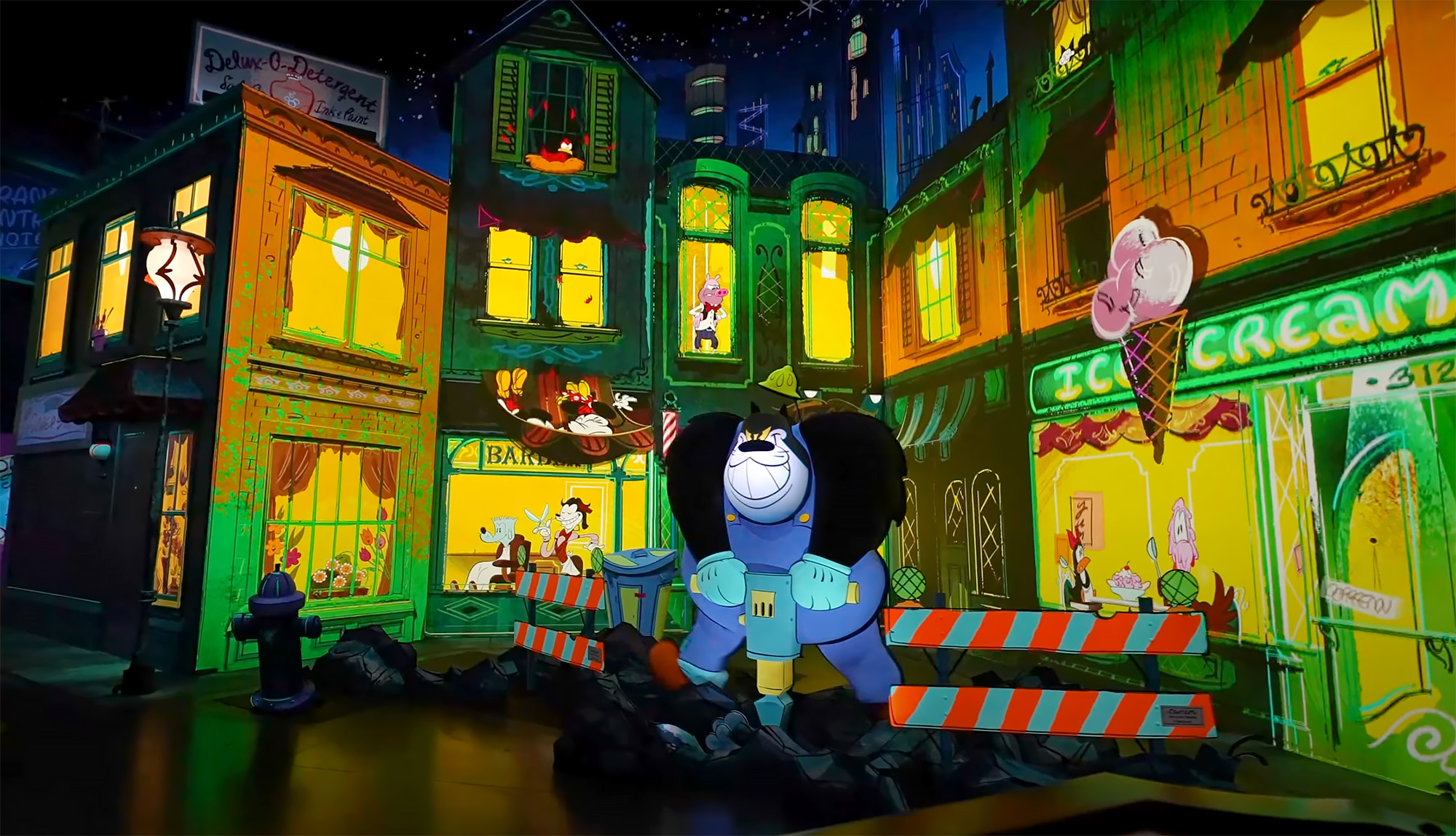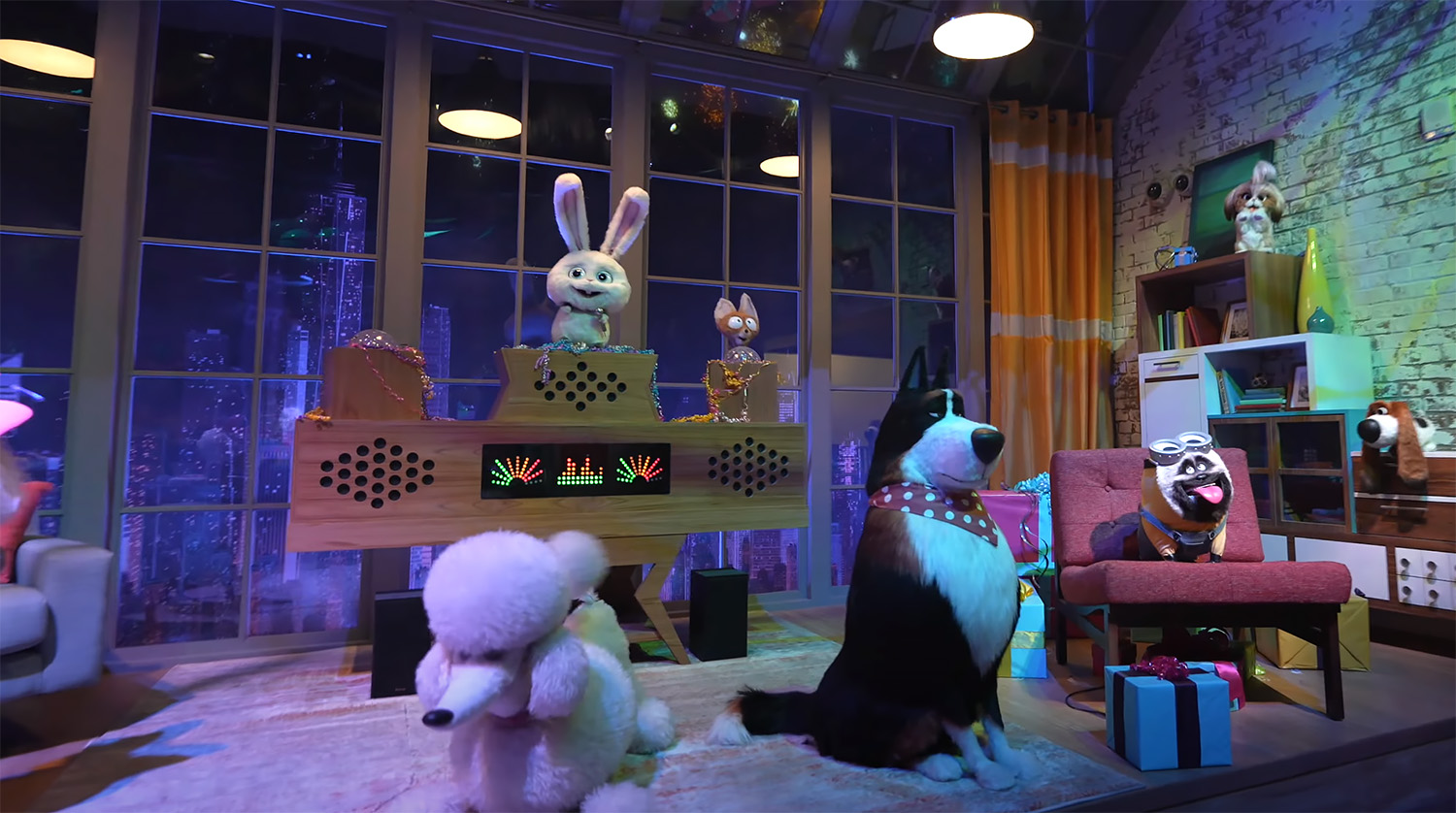LF Studios

 At LF Studios I was tasked with sculpting and breaking out the Wildwood Tree. The most difficult part of the process was mapping how all 600 LED hubs wired together and how to fit the branches into the 18 semi trucks that shipped the pieces to Pigeon Forge, Tennessee for assembly. The final product was the centerpiece of the Wildwood Grove section of Dollywood. Images courtesey of John Roost
At LF Studios I was tasked with sculpting and breaking out the Wildwood Tree. The most difficult part of the process was mapping how all 600 LED hubs wired together and how to fit the branches into the 18 semi trucks that shipped the pieces to Pigeon Forge, Tennessee for assembly. The final product was the centerpiece of the Wildwood Grove section of Dollywood. Images courtesey of John Roost
We made it modular using replicated branches, leaf clusters and LED butterflies. We also had an injection mold manufactured specifically for this project.
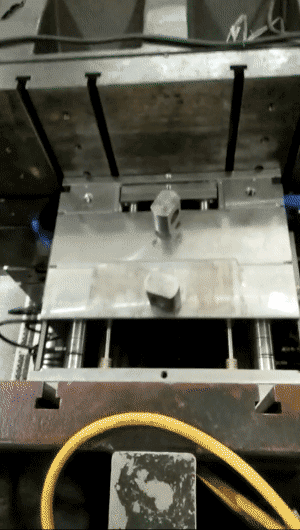
Another particularly challenging project was for The Whiteney Museum of American Art. We were given photos and 3D scan data of a sculpture and tasked with cleaning up the data, restoring details and 3D printing out every one of the 63 uniquely melted candles. Each had to interlock in a precise order to be assembled into the final piece. I was tasked with sculpting, splitting and strategizing the entire assembly across four different departments. Once completed, even the Museum curators and our own team had trouble picking out which was the replica and which was the original.
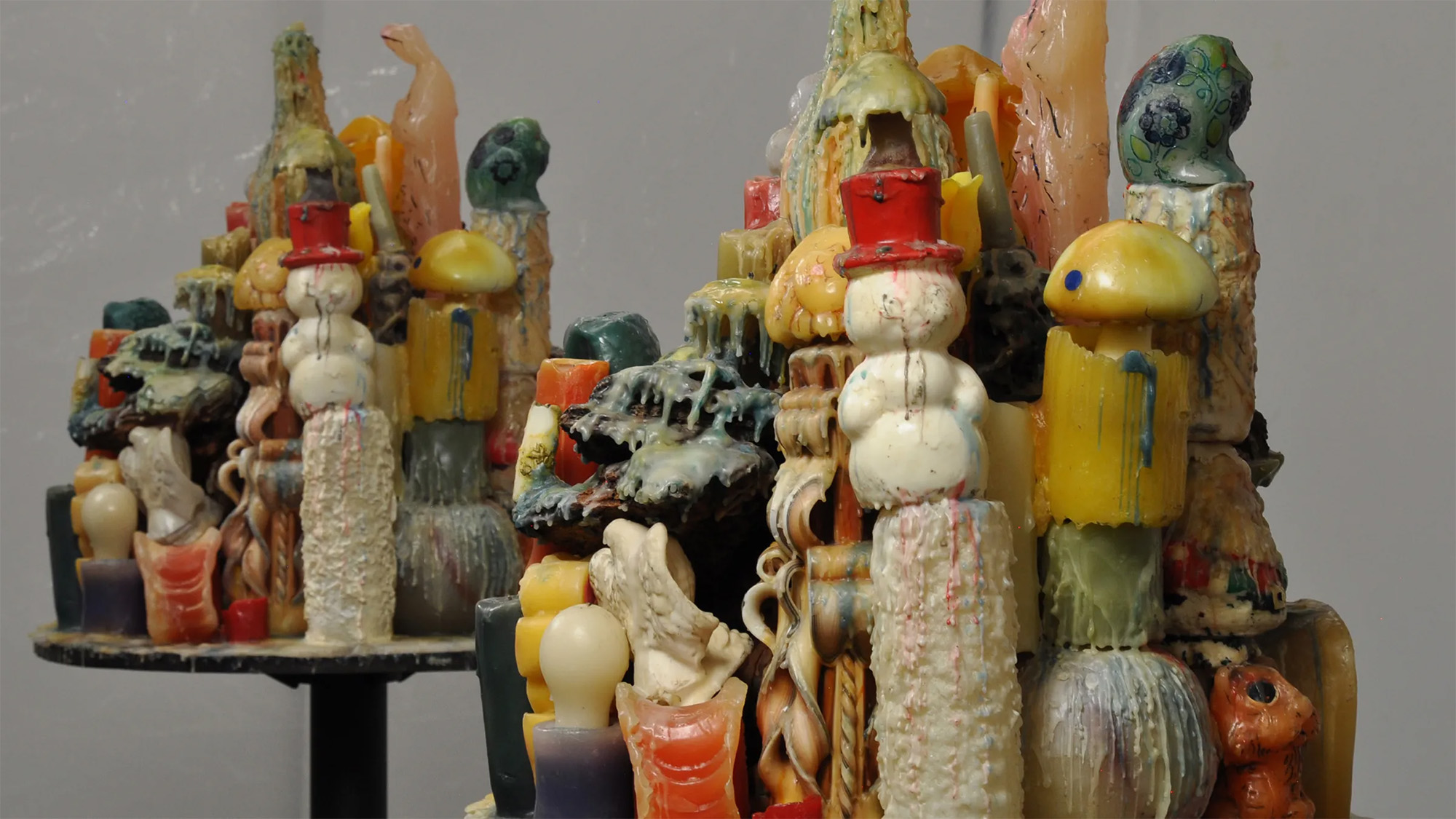
It was such a unique process that it was further documented by the Taylor & Francis Online Journal in a study called “The Making of Mike Kelley’s The Wages of Sin’s Exhibition Copy: Replication as a Means of Preservation”

These are just a couple of the dozens of cutting edge projects I got to work on at LF Studios. Here are some more examples of things I helped design. Most of our projects were animatronic and required a high-level of surface detail and life-like animation.

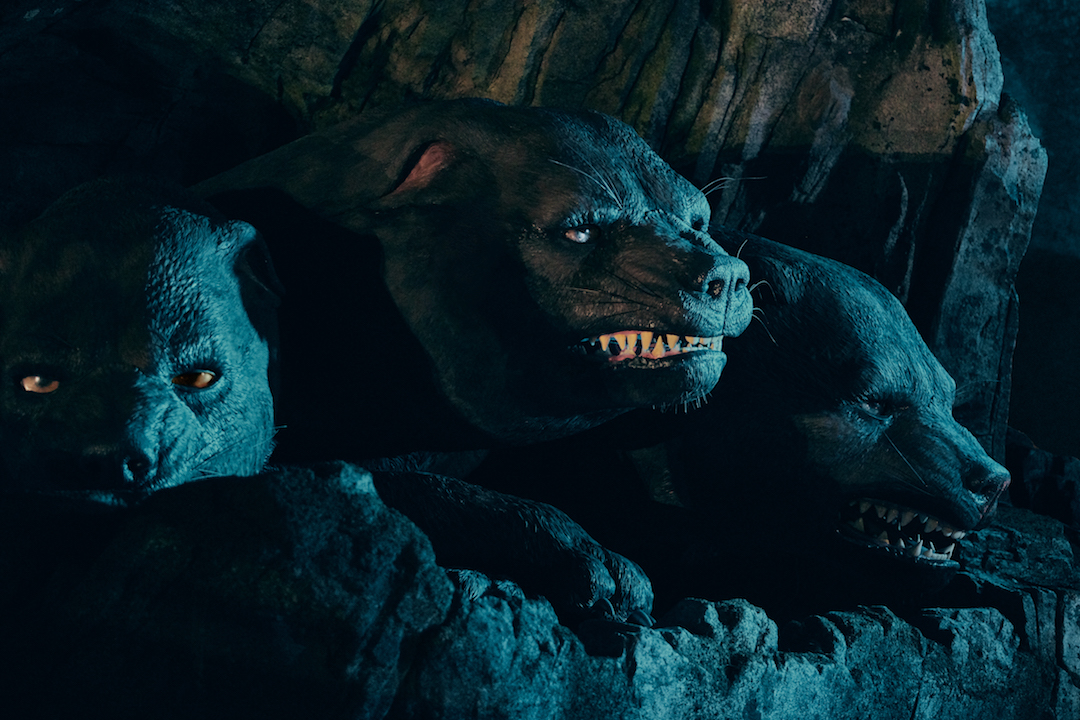
Coffee Mods
As a coffee-addict I’m always trying to optimize my daily espresso routine. When you use machines every day you begin to see their flaws and ways to improve your workflow. These are a couple examples of unique product designs to solve these niche problems. They are meant to interface with existing equipment and were designed in CAD using Plasticity. For each tool that comes in contact with food I used a special food-grade PLA filament and then coat them in a food-safe epoxy resin.
 Normally this tumbler catches the coffee grounds coming out of the grinder and is used to mix and distribute them evenly by shaking. Unfortunately it has no way of resting directly under the grounds chute on its own. I created a part that interlocks using magnets around the metal casing acting like portafilter lugs that would normally hold an espresso basket underneath the chute. I designed the piece to be 3D printable on an FDM machine without supports. The fact that each of the two pieces are the same object (just rotated 180) would also make batch manufacturing easier in the future.
Normally this tumbler catches the coffee grounds coming out of the grinder and is used to mix and distribute them evenly by shaking. Unfortunately it has no way of resting directly under the grounds chute on its own. I created a part that interlocks using magnets around the metal casing acting like portafilter lugs that would normally hold an espresso basket underneath the chute. I designed the piece to be 3D printable on an FDM machine without supports. The fact that each of the two pieces are the same object (just rotated 180) would also make batch manufacturing easier in the future.

This is a grind indicator that replaces an existing chute housing on the DF64 v2 grinder. The original grind indicator was a simple ring that rested on the top of the machine secured by a set screw. The problem was that vibrations during use would make the ring drift from its zero position and lose calibration. With this new design the zero position is just the center above where the chute is secured, preventing any inaccuracy. It is also easier to read and adjust precisely as the ring is no longer covering the numbers.

